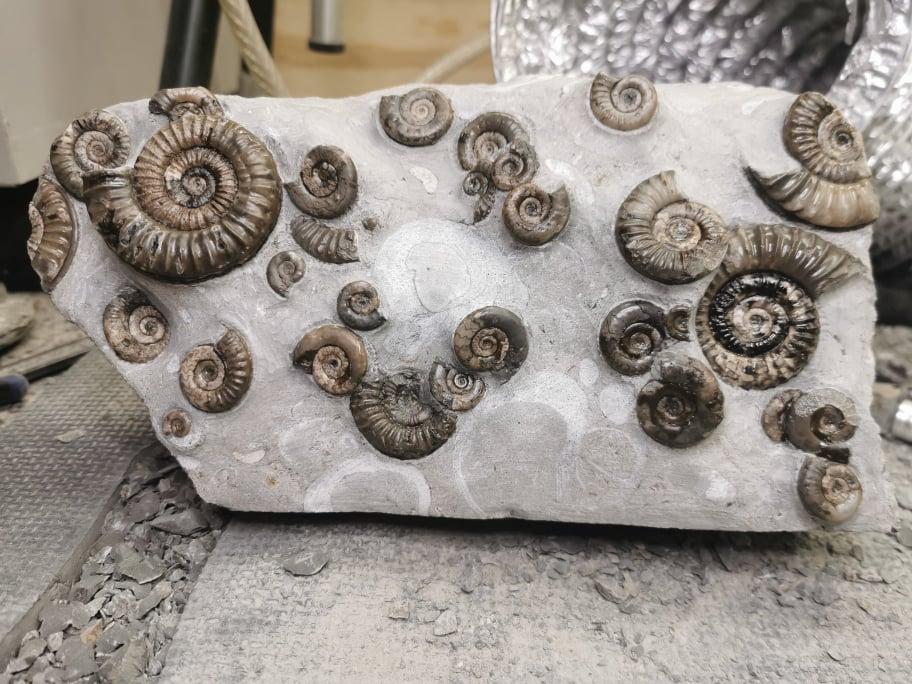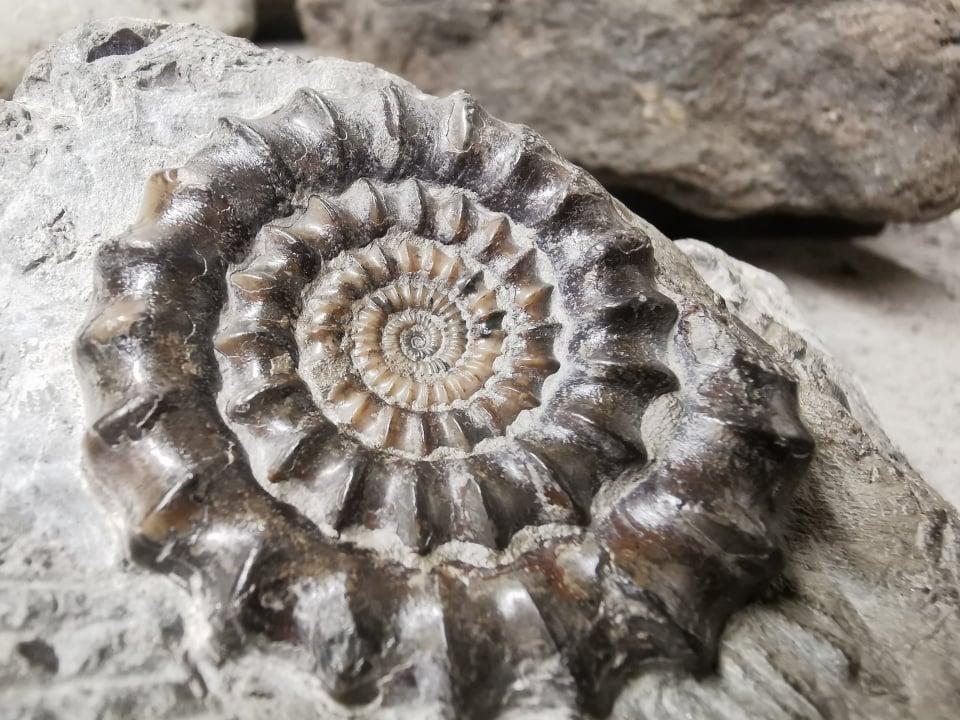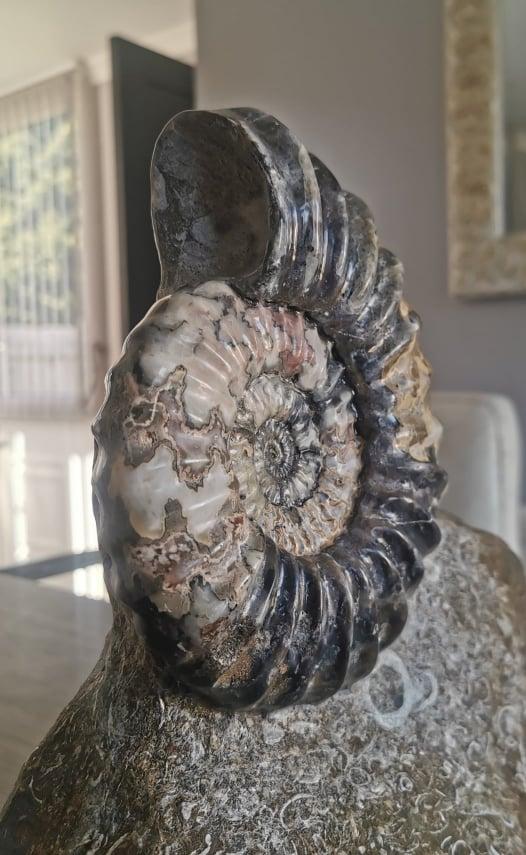While scouring the glacial till that comprises England’s eastern coastal cliffs, a pair of Yorkshire fossil hunters made a colossal discovery some 180 million years in the making.
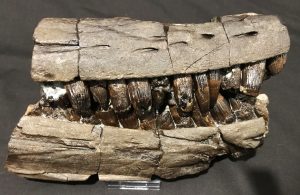
Late last summer, Mark Kemp, 34, a self-taught, professional fossil finder and preparator, and a friend who shares the pastime were exploring the rugged cliffline of Holderness, northwest of Hull, between the towns of Mappleton and Cowden.
This rugged section of coast, comprised of unsorted sedimentary deposit from long-melted, once-massive glaciers, is known to yield the bones of dinosaurs and other prehistoric reptiles. Kemp’s companion that day stumbled on a glacial erratic—a hunk of exotic rock deposited from elsewhere—with a fossil that looked particularly promising.
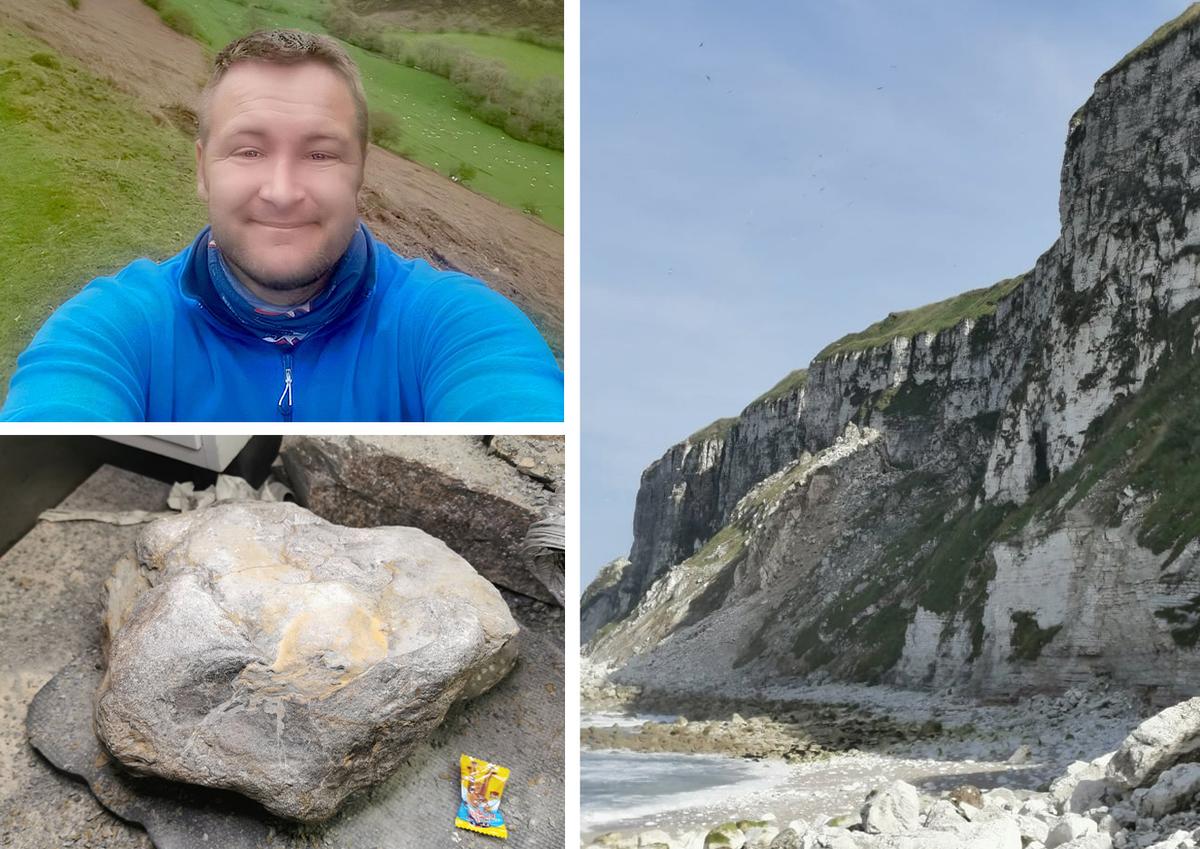
“My friend shouts me over asking for my opinion on something, as soon as I saw the rock in question, I knew it was something special,” Kemp told The Epoch Times. “I immediately knew there was bone and teeth inside and we both agreed the block should be taken by me and prepped immediately.”

In his workshop in Hull, Kemp painstakingly etched away the rock millimeter by millimeter to reveal enormous conical teeth and what he learned was the partial jaw section of a temnodontosaurus—a marine reptile of the Jurassic Period, predating even the dinosaurs.
In addition to its massive teeth, this apex predatory reptile of the sea possessed a robust, elongated snout; extraordinarily large eyes for hunting; forefins and hindfins of about equal size, for steering; and a triangular dorsal fin. Its vertically aligned tail was its main propulsion.
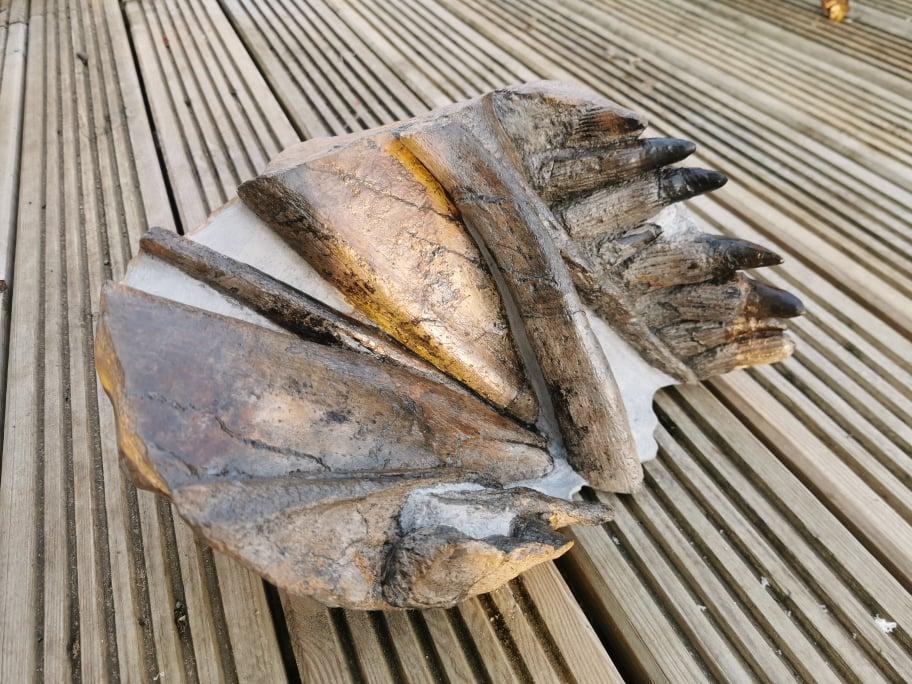
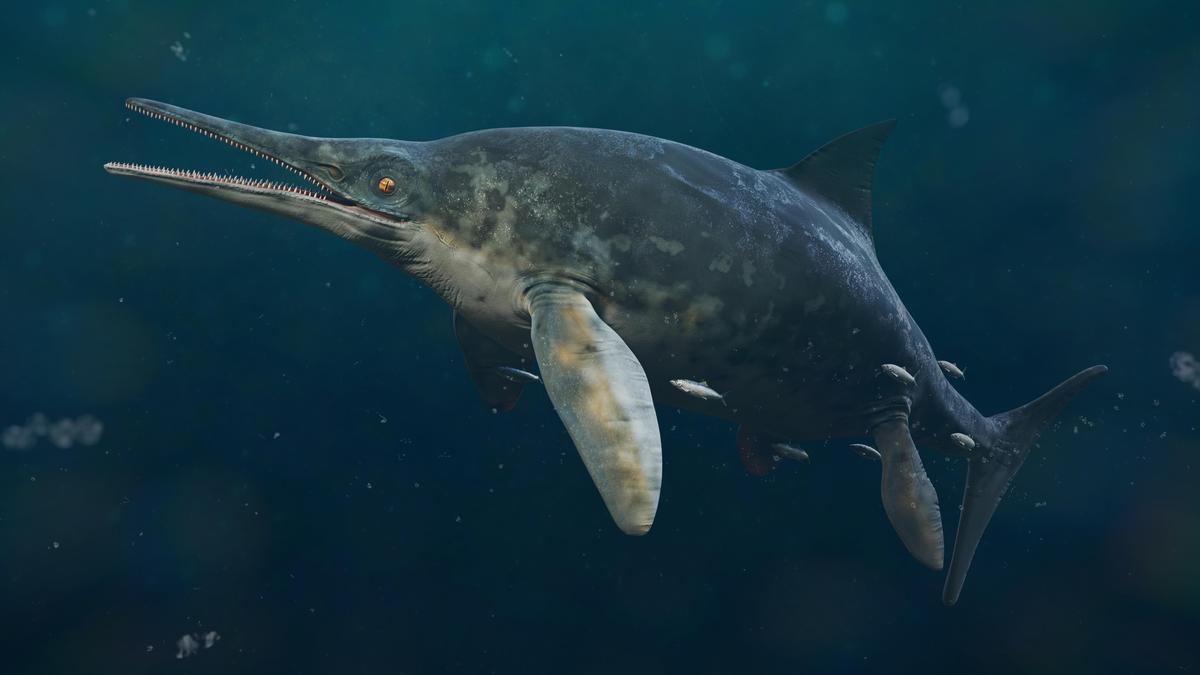
“These were extremely large creatures which could have easily grown up to 40 feet,” Kemp told the newspaper, having consulted Dr. Dean Lomax, a leading marine reptile paleontologist. “They had enormous strength in their jaws which have a crushing power more than modern day saltwater crocodile. They roamed the seas around 180 million years ago and were even about before the dinosaurs.”
This particular temnodontosaurus specimen belongs to a species known as the ichthyosaur, Kemp learned, and is “one of the best examples of this species to come from Yorkshire.”
The name “temnodontosaurus” itself from Greek translates to “cutting-tooth lizard.” And based on this specimen’s teeth and jaw size, it was estimated to have had a skull two meters long and would have been a full-sized adult.
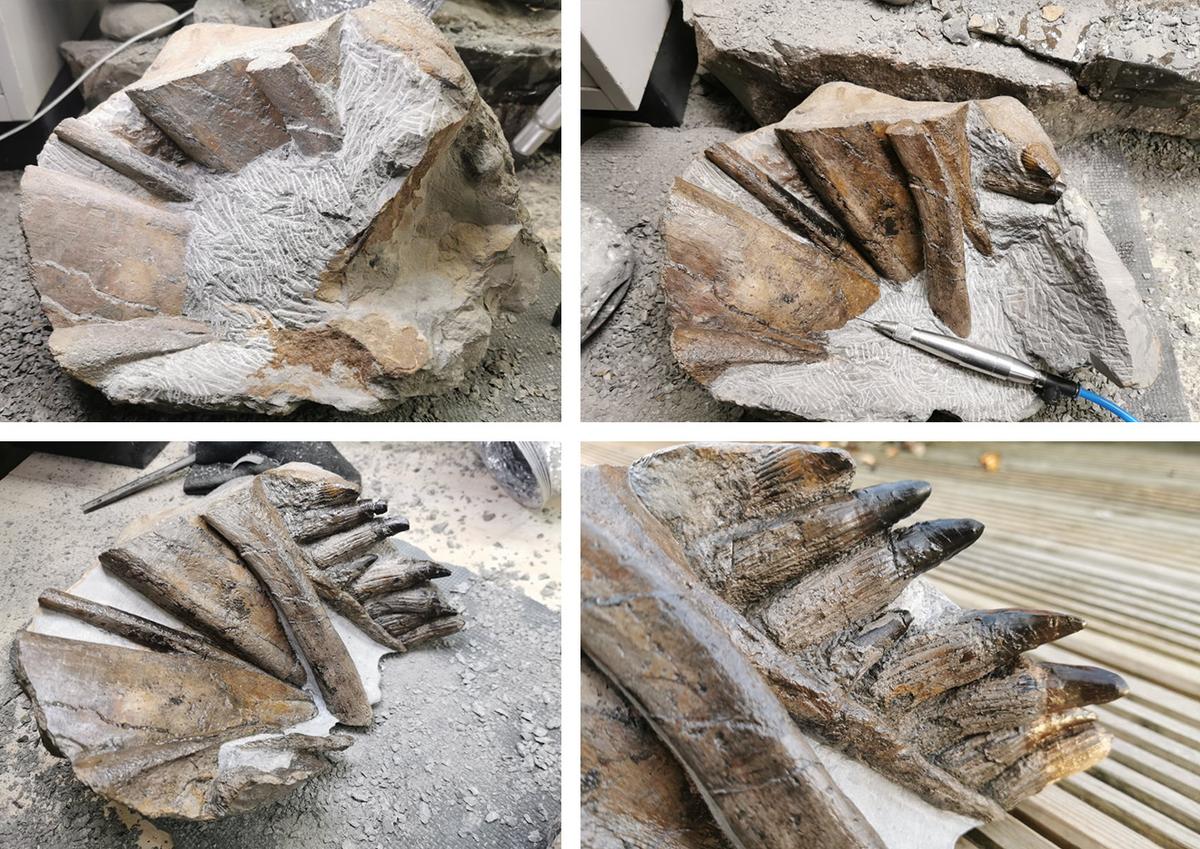
As for Kemp, his decade-long fossil “hobby” has become a profession—running a workshop from his home in Bransholme, where he prepares fossils, improves their appearance, and preserves them for a paying clientele.
“Fossil hunting opens up your mind to what life was like all them years ago,” said Kemp. “If you split a rock open and discover a fossil, you know you’re the only human being alive to have ever seen that fossil.
“My dream is to go fossil collecting in the far corners of the world and to discover what lies locked in time.”
Over the years, he’s found some remarkable remains, including dinosaur footprints, woolly mammoth bones, cave bear jaws, bison vertebrae, anemones, shells, corals, and sponges—all recorded in rock from eons ago.
Kemp jokingly added, “My collection has grown in the past three years at a rate which is a little scary and soon I am going to be in a situation where I need a bigger garage.”
A few more examples of Kemp’s fossil preparator work:
